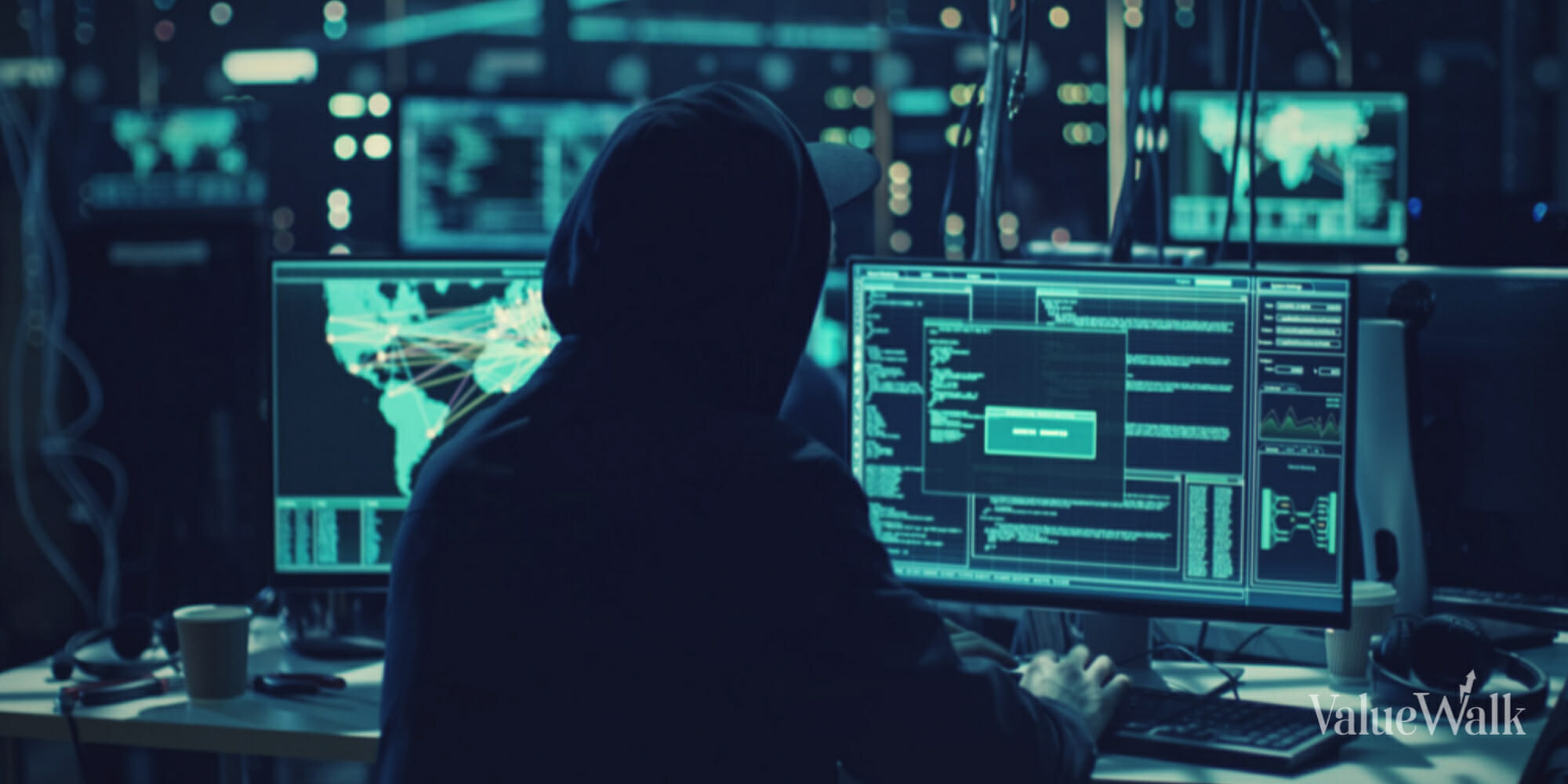Would it surprise you to learn that 92% of all malware is delivered via email? Malicious phishing attacks are rising by 250%, and spam makes up half of all emails you receive in your inbox. With this inundation of unknown emails, it’s easy to see where you might get confused and click on a convincing but malicious link. At least part of the problem is that email was never meant to be secure, and hackers have exploited this fact from day one. If you are constantly under attack, how can you defend yourself from email spam and phishing attempts?
Back when the first computers were networked together, everyone could share everything by logging in to the main terminal from any of the other terminals in the system. Eventually Ray Tomlinson saw the need for communications to go to specific people in a network, and he invented the use of the @ symbol to accomplish just that.
Q3 2019 hedge fund letters, conferences and more
Shortly thereafter, Queen Elizabeth became the first Head of State to send an email, a harbinger of the future. Just a year later email was standardized into what we would recognize today.
Not long after, someone got the bright idea to send a mass, unwanted email to everyone in his ARPANET group, sending it to a total of 397 people. It was so widely unpopular that it was not attempted again for over a decade. By then, someone got the idea to use spam emails as a way to bog down an opponent’s computer while playing computer games, a prank that would later be considered malicious. Shortly thereafter mass emails were nicknamed ‘spam’ after the Monty Python skit about the canned meat product.
At that point, however, email had become widely enough used that people began spamming others regularly for a multitude of reasons. Eventually the messages were sometimes used for malicious purposes such as identity theft, credit card theft, and eventually the delivery of viruses and other forms of malware.
These days email has spam filters built in, but they don’t always catch the malicious emails. We all know not to click links from unknown senders, but sometimes those hackers can use their understanding of human nature to trick us into doing things we know we shouldn’t. That’s why additional email security that is built for cloud-based email is crucial to protecting yourself.
Learn more about the history and future of phishing and spam from the infographic below!





